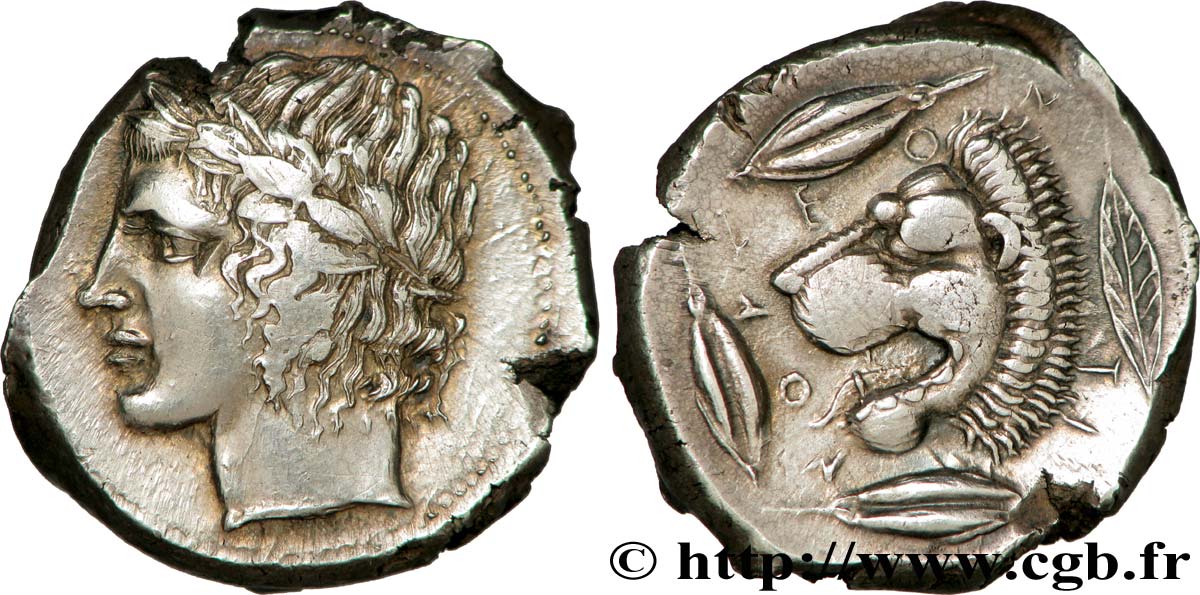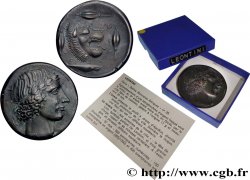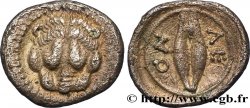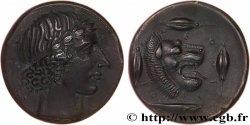bgr_329595 - SICILY - LEONTINOI Tétradrachme "du Maître à la feuille"
Not available.
Item sold on our e-shop (2014)
Price : 2 450.00 €
Item sold on our e-shop (2014)
Price : 2 450.00 €
Type : Tétradrachme "du Maître à la feuille"
Date: c. 425 AC.
Mint name / Town : Leontini, Sicile
Metal : silver
Diameter : 24 mm
Orientation dies : 9 h.
Weight : 17,34 g.
Rarity : R2
Coments on the condition:
Exemplaire de qualité exceptionnelle pour ce type de monnayage sur un flan très irrégulier parfaitement centré des deux côtés. Portrait de toute beauté, d’une vivante expression de visage, empreint de solennité. Très joli revers, de style fin et de haut relief. Magnifique patine avec des reflets dorés. Conserve la plus grande partie de son brillant de frappe et de son coupant d’origine
Catalogue references :
Predigree :
Cet exemplaire provient du stock d’OGN
Obverse
Obverse legend : ANÉPIGRAPHE.
Obverse description : Tête laurée d'Apollon à gauche, les cheveux longs tombant sur la nuque, grènetis perlé circulaire.
Reverse
Reverse legend : LEO-N-TI-N-ON.
Reverse description : Tête de lion à gauche, la gueule ouverte et la langue pendante, entourée de trois grains d'orge ; derrière la tête, une feuille de laurier.
Reverse translation : (de Leontini).
Commentary
Mêmes coins que les exemplaires de la collection Jameson (1831, pl. XCVII) que l’exemplaire de l’American Numismatic Society (ANS., n° 257, pl. 9) que l’exemplaire de la collection Ludwig (p. 105, n° 353) et que celui de MONNAIES 47, n° 24 qui s’est vendu 4.200€ sur un maximum à 5.334€ avec sept offres. Notre exemplaire ne présente pas de cassure de coin caractéristique qui se rencontre normalement pour ce type, mais qui se devine dans la chevelure.








 Report a mistake
Report a mistake Print the page
Print the page Share my selection
Share my selection Ask a question
Ask a question Consign / sell
Consign / sell
 Full data
Full data



